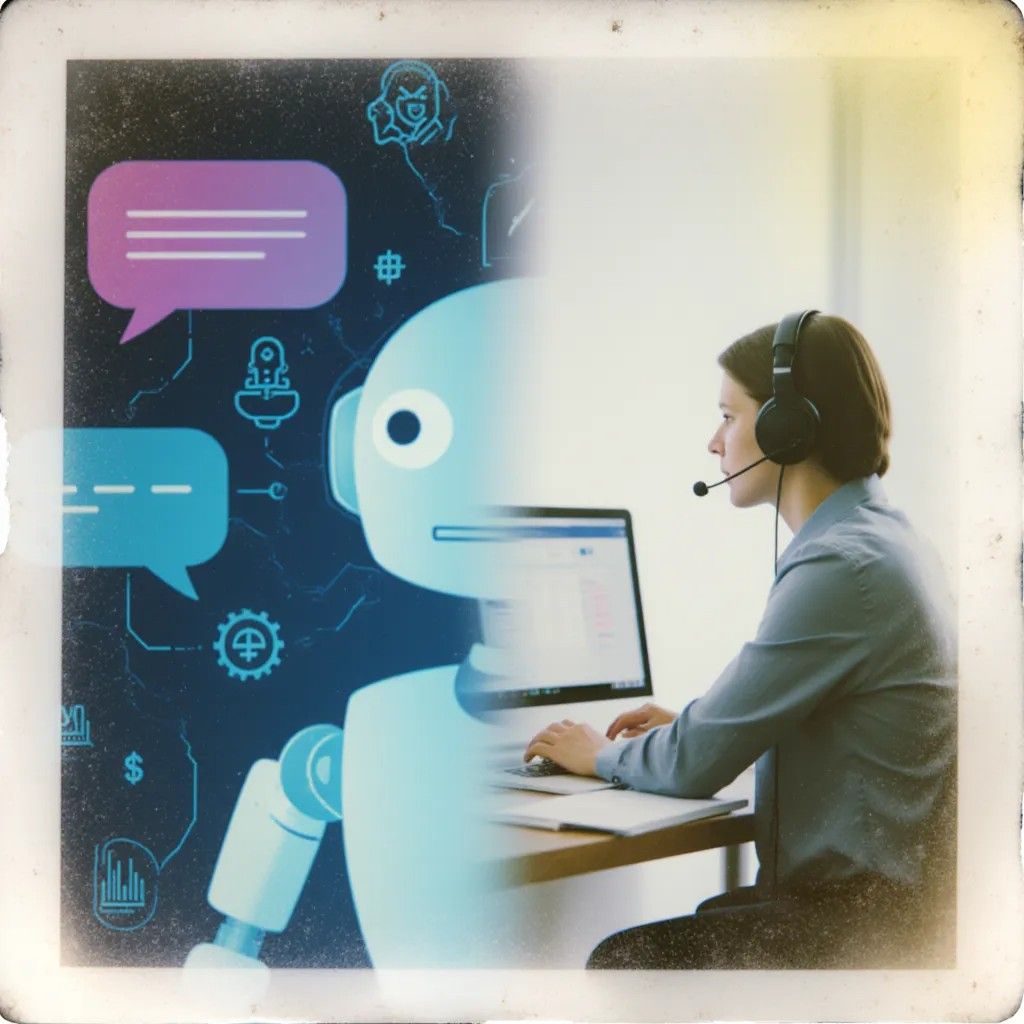
The Evolution of AI Chatbots: From Eliza to GPT-4
 Artificial Intelligence (AI) has come a long way since its inception, and one of the most fascinating applications of AI is chatbots. From the early days of Eliza to the cutting-edge GPT-4, chatbots have evolved significantly over the years. In this blog post, we'll take a closer look at the history and development of AI chatbots and explore what the future might hold for this technology.
Artificial Intelligence (AI) has come a long way since its inception, and one of the most fascinating applications of AI is chatbots. From the early days of Eliza to the cutting-edge GPT-4, chatbots have evolved significantly over the years. In this blog post, we'll take a closer look at the history and development of AI chatbots and explore what the future might hold for this technology.
The Early Days: Eliza
Developed by Joseph Weizenbaum in 1966, Eliza was one of the first chatbots ever created. It was designed to simulate a conversation with a psychotherapist and used pattern matching and substitution methods to generate responses.
While Eliza was groundbreaking for its time, it had limited capabilities and could only provide pre-programmed responses.
The Rise of Rule-Based Chatbots
Following Eliza, rule-based chatbots became more prevalent. These chatbots relied on a set of predefined rules and patterns to understand user input and generate appropriate responses.
While rule-based chatbots were more sophisticated than Eliza, they still had limitations in terms of understanding context and handling complex queries.
The Advent of Machine Learning
With the advancement of machine learning techniques, chatbots began to evolve further. Machine learning algorithms allow chatbots to learn from past interactions and improve their responses over time. This marked a significant shift from rule-based chatbots to more intelligent and adaptive conversational agents.
The Era of Neural Networks and Deep Learning
In recent years, the development of neural networks and deep learning has revolutionized the field of AI chatbots.
Chatbots powered by deep learning can understand and generate human-like responses, making conversations more natural and engaging. Models like GPT (Generative Pre-trained Transformer) have pushed the boundaries of what chatbots can achieve.
GPT-4: The State-of-the-Art
GPT-4, the latest iteration of the GPT series, represents the state-of-the-art in AI chatbot technology. With its vast knowledge base and advanced language understanding capabilities, GPT-4 can engage in highly contextual and nuanced conversations. It can assist with a wide range of tasks, from answering questions to providing creative writing suggestions and problem-solving assistance.
The Future of AI Chatbots
As AI continues to advance, the future of chatbots looks promising. We can expect chatbots to become even more sophisticated, with improved natural language processing, emotional intelligence, and task-specific capabilities. Chatbots may also integrate with other technologies, such as virtual and augmented reality, to provide immersive and personalized experiences.
Conclusion
The evolution of AI chatbots has been a remarkable journey, from the simple pattern matching of Eliza to the advanced language models like GPT-4.
As chatbots continue to evolve, they have the potential to revolutionize various industries, including customer service, education, healthcare, and more. While there are still challenges to overcome, such as ethical considerations and ensuring responsible development, the future of AI chatbots is undoubtedly exciting.
Related Articles


